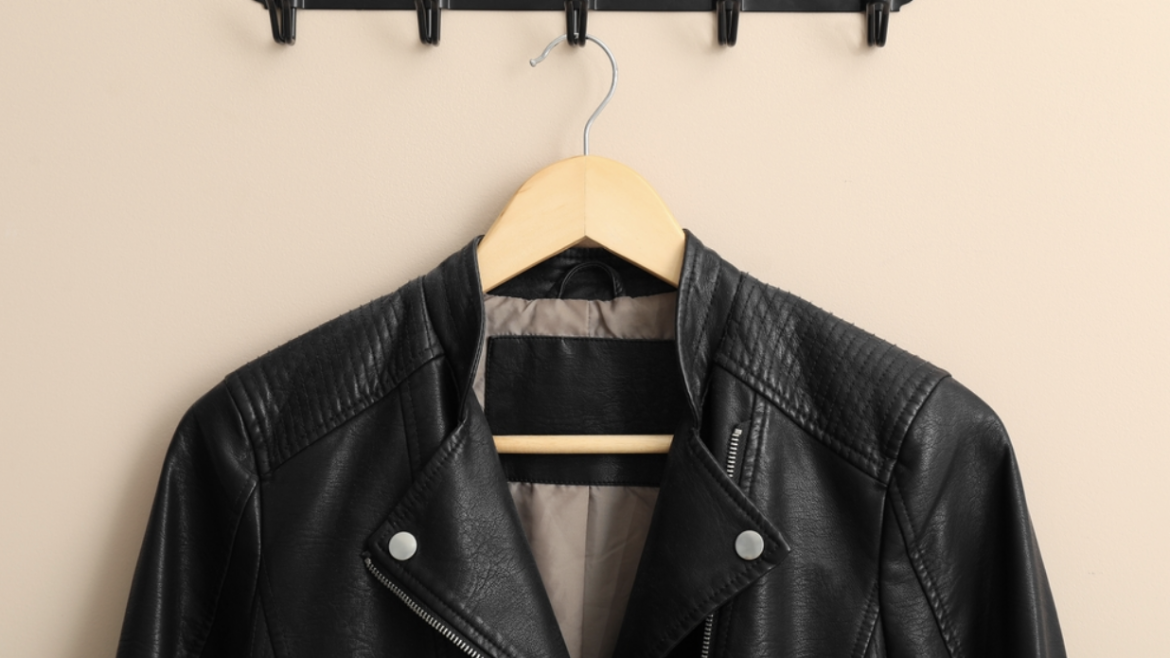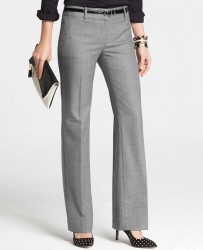Luxury, durability, and timeless style define your favorite leather pieces – whether it’s a jacket, a chic purse, or shoes, proper care is essential to keep these items looking their best. But let’s be honest. Cleaning leather can be a little intimidating. We’re here to take the guesswork out of it for you.
Different Types
When it comes to leather, not all pieces are created equally. Think of it like this: You wouldn’t treat a cashmere sweater the same way you’d handle a rugged pair of denim jeans, right? The same principle applies herer. Getting familiar with your leather type helps you avoid mishaps like discoloration, stiffness, or worse—permanent damage. So, let’s break down the most common types you’re likely to encounter.
1. Full Grain
The top-tier choice for furniture, bags, and footwear. Full grain retains natural imperfections and toughness for high durability.
2. Top Grain
A step below full grain, top grain leather has the top layer slightly sanded to remove imperfections and improve flexibility. Commonly used in furniture and fashion accessories.
3. Genuine
Often misunderstood as top quality, genuine leather is actually a lower grade. It’s made from the remaining layers of the hide after the top is split off, sometimes embossed to recreate grain patterns. Used in belts, shoes, and budget furniture.
4. Bonded
Made from leftover scraps and fibers bonded together with adhesives and pressed into sheets, bonded leather is the least durable type. It’s often coated to mimic more premium materials.
5. Nubuck
Buffed for a velvety texture, it’s durable yet delicate, popular in shoes and handbags.
6. Suede
Made from the underside of the hide, suede is softer and more flexible than full grain leather but less durable. It’s prized for its soft texture and is sensitive to water and stains.
Essential Cleaning Products
Leather is skin, just like ours, and it needs gentle care. The key is to look for high quality care products that are specifically formulated for leather. Here are a few common options:
Saddle Soap
This old-school favorite removes dirt but may dry out your leather, so make sure to follow up with a conditioner.
Conditioner
Think of this as a moisturizer. It keeps the material supple and prevents it from cracking over time. Conditioner is essential after cleaning to restore the leather’s natural oils.
Neatsfoot Oil
Neatsfoot oil is an excellent product for conditioning older, stiffer pieces, particularly for items like saddles or work gear. It penetrates deeply, restoring flexibility and durability. That said, neatsfoot oil can darken lighter items, so it’s best used on darker pieces or after testing on an inconspicuous spot.
Specialized Cleaners
These products are designed to clean and condition in one go. They’re convenient and often gentle enough for regular use, making them a good all-in-one option.
What to Avoid
When it comes to leather, not all cleaners are created equal. Some household products can do more harm than good. Here’s a list of what to avoid:
- Harsh Chemicals: Alcohol, acetone, or bleach can strip natural oils, leading to dryness and cracking.
- Ammonia-Based Cleaners: These can cause discoloration and weaken the fibers, making the material more prone to damage.
- Water: While it’s tempting to use water for a quick clean, it can cause spots and discoloration, especially on untreated leathers like aniline.
Step-by-Step Cleaning Instructions
Leather may seem like a delicate material, but with the right approach, it’s surprisingly resilient. These step-by-step instructions will help you keep your item looking fresh.
- Gather Your Supplies: You’ll need a soft, lint-free cloth, your chosen cleaner, a conditioner, and a dry towel.
- Dust and Prep: Begin by wiping down the item with a dry cloth to remove any surface dust or debris. This step is crucial to avoid rubbing dirt into the leather.
- Test in an Inconspicuous Area: Before you go all-in, test your cleaner on a small, hidden section of the piece to ensure it doesn’t cause any discoloration or damage.
- Apply the Cleaner: Dampen your cloth with the leather cleaner. Never apply it to the leather directly. Gently rub the cloth over the surface in a circular motion, focusing on one small section at a time.
- Wipe Away Residue: Once you’ve cleaned the item use a clean, slightly damp cloth to wipe away any remaining cleaner. Make sure to remove all traces to avoid any buildup.
- Let It Dry: Allow the leather to air dry naturally, away from direct sunlight or heat sources, which can cause it to dry out and crack.
- Condition: After it is completely dry, apply a conditioner using another soft cloth. This step helps to restore moisture and keep your leather supple.
- Buff and Polish: Finally, use a dry towel to buff the leather in order to bring out its natural shine and ensure a smooth finish.
How to Handle Common Stains
Despite your best efforts, spills and stains happen. The key is to address them quickly and carefully; here are some tips:
- Ink Stains: Dab the stain gently with a clean cloth and mild soap or leather cleaner. Follow up with a leather conditioner to replace the moisture.
- Oil and Grease: Blot the stain with a dry cloth to absorb as much oil as possible. Sprinkle cornstarch or baking soda on the stain and let it sit for a few hours to absorb the oil. Brush off the powder and wipe the area with a damp cloth.
- Water Stains: Water can leave unsightly marks – if you get a water stain, gently wipe the entire area with a damp cloth to blend the spot into the rest of the leather. Let it dry naturally and condition afterward. Never force the leather to dry too quickly with a hair dryer or sunlight.
Professional Leather Services from Classic Cleaners
Often, a leather item needs more than a DIY cleaning and conditioning session. While regular at-home maintenance is crucial, there are times when professional cleaning is the best option. Here’s why:
- Deep Stains: Some stains are just too tough to tackle at home. Ink, oil, or dye transfers can be particularly stubborn and might require specialized cleaning techniques.
- Delicate Leathers: Aniline and suede leathers, in particular, are highly sensitive and can easily be damaged by incorrect cleaning methods. We have the tools and know-how to treat these materials without causing harm.
- Aging: Leather that has become dry, cracked, or faded can often be restored by professionals, who can recondition and recolor the leather to bring it back to life.
Here’s a glimpse of what we provide:
- Detailed Inspection: We begin by carefully examining your leather and suede items, pinpointing any areas of concern and determining the most effective cleaning method.
- Specialized Cleaning Process: We use a precise blend of detergents and solvents designed to clean thoroughly while preserving the leather’s essential oils.
- The Perfect Finish: Post-cleaning, we reshape your garment to restore its original form. If necessary, our expert dyers will create a custom color blend to ensure a smooth and consistent finish, ensuring your leather looks flawless.
Revive Your Leather with Professional Cleaning in Indianapolis
Ready to give your leather the expert care it deserves? It’s easy to get started with Classic Cleaners! Drop by one of our 18 convenient locations; our friendly staff will assess the condition of your items and recommend the best cleaning or restoration services. For your convenience, we also offer pickup and delivery of your items. Simply schedule a time that works for you, and we’ll take care of the rest.
By choosing Classic Cleaners, you’re ensuring that your leather items receive the highest standard of care, preserving their beauty and functionality for years to come.




